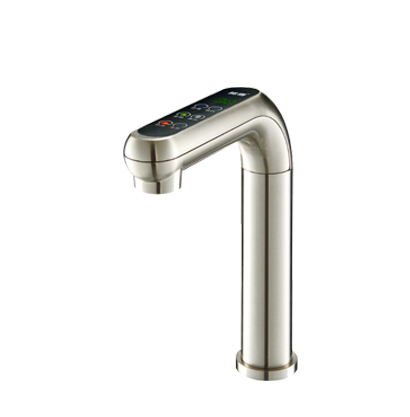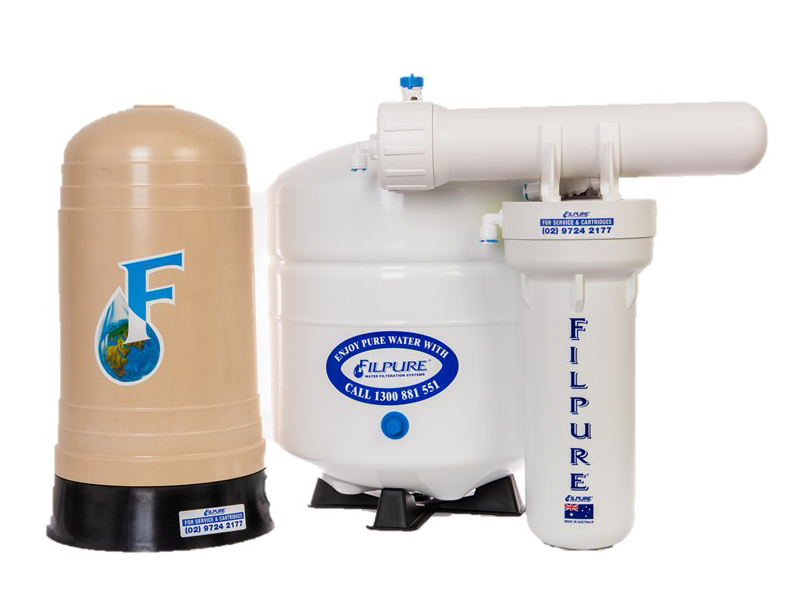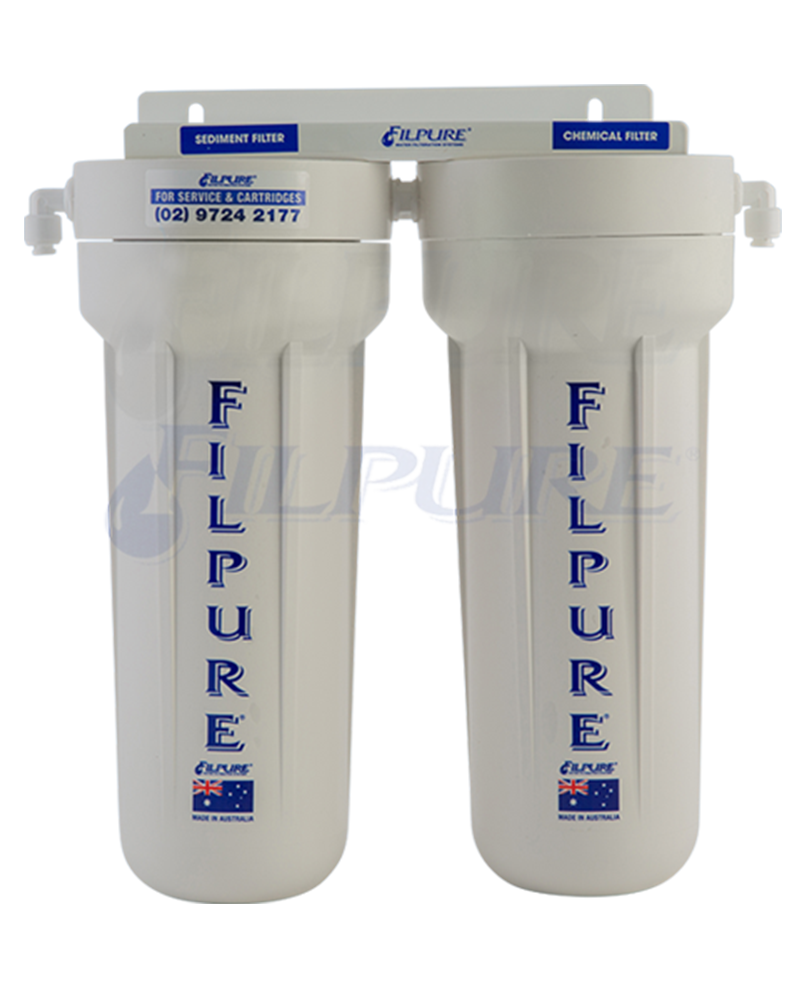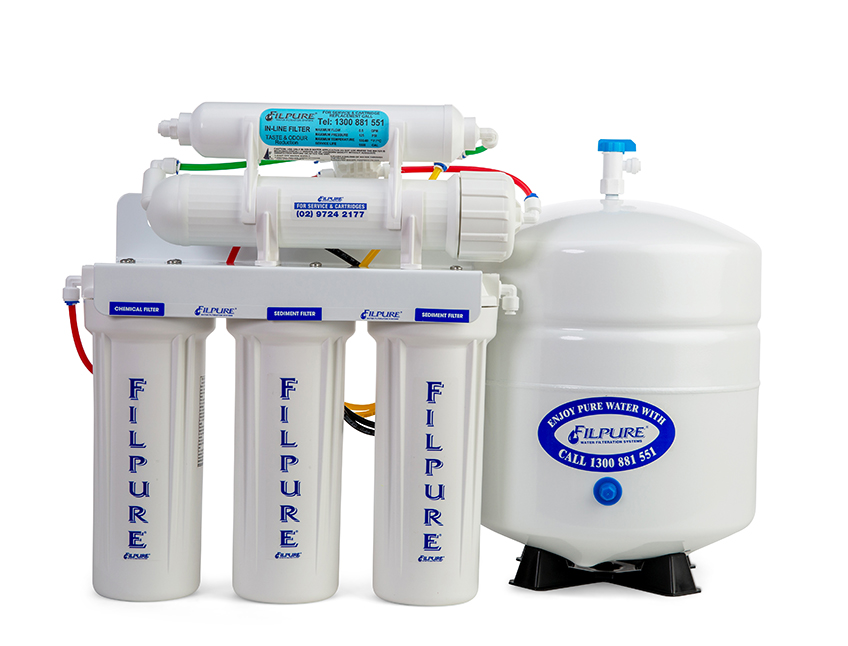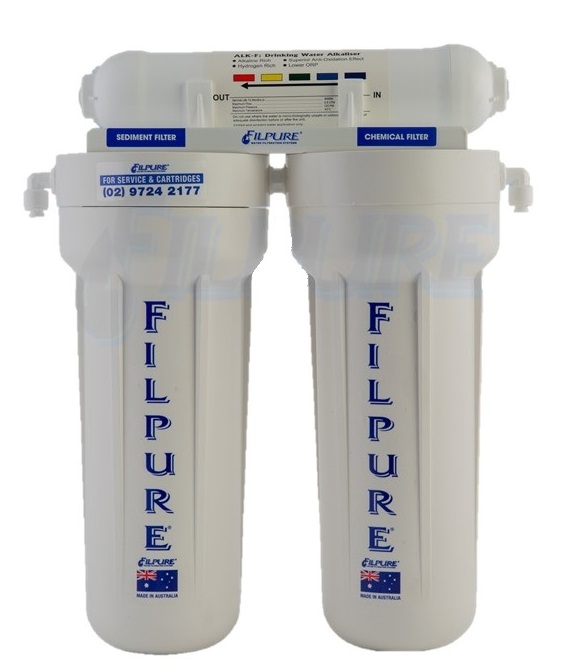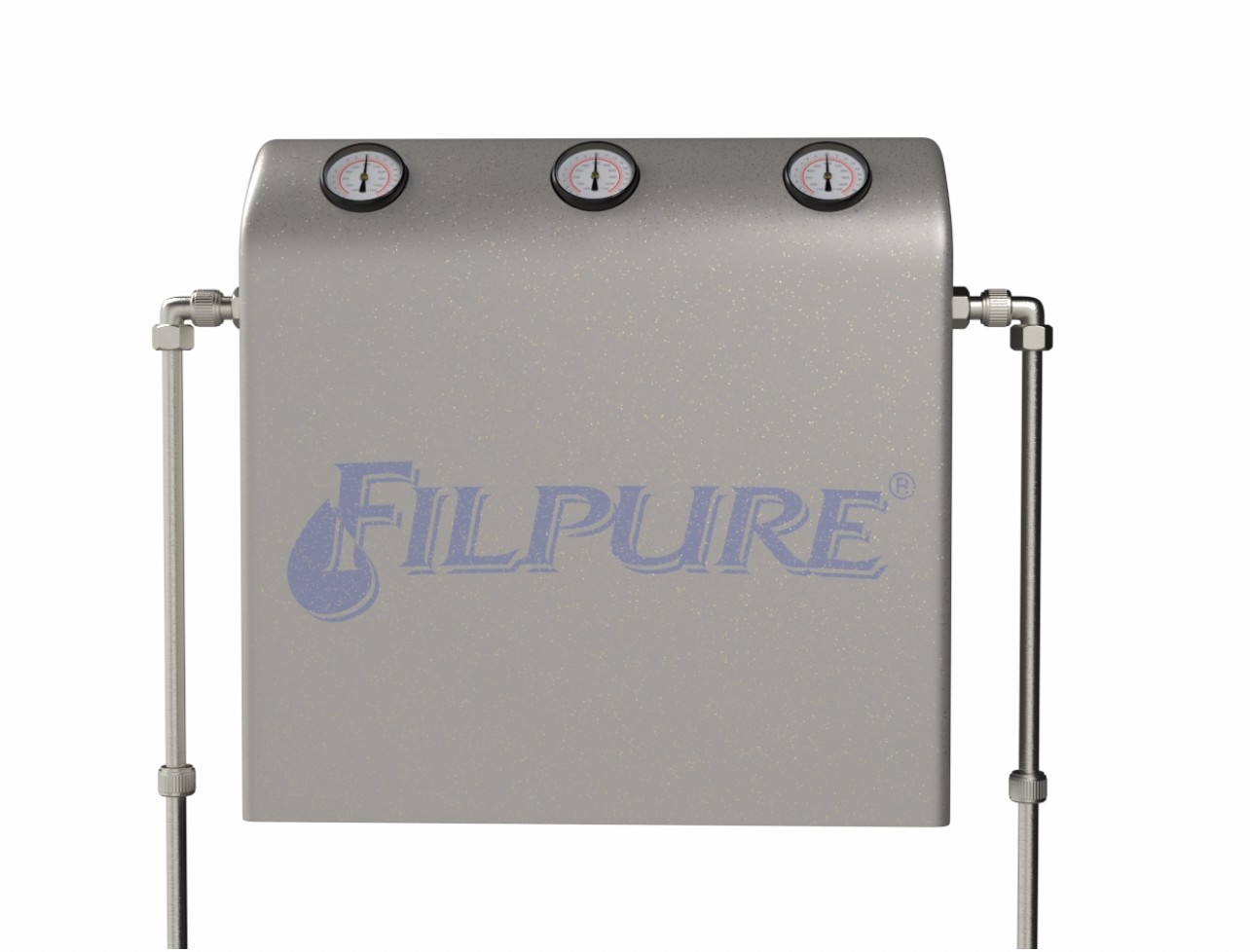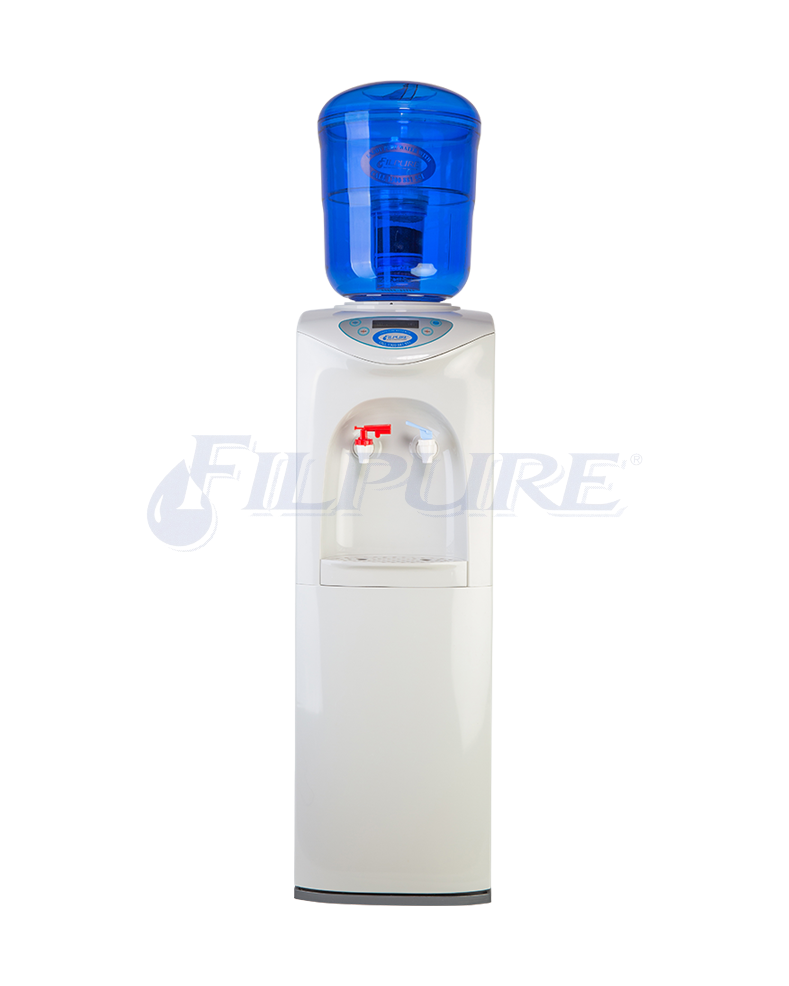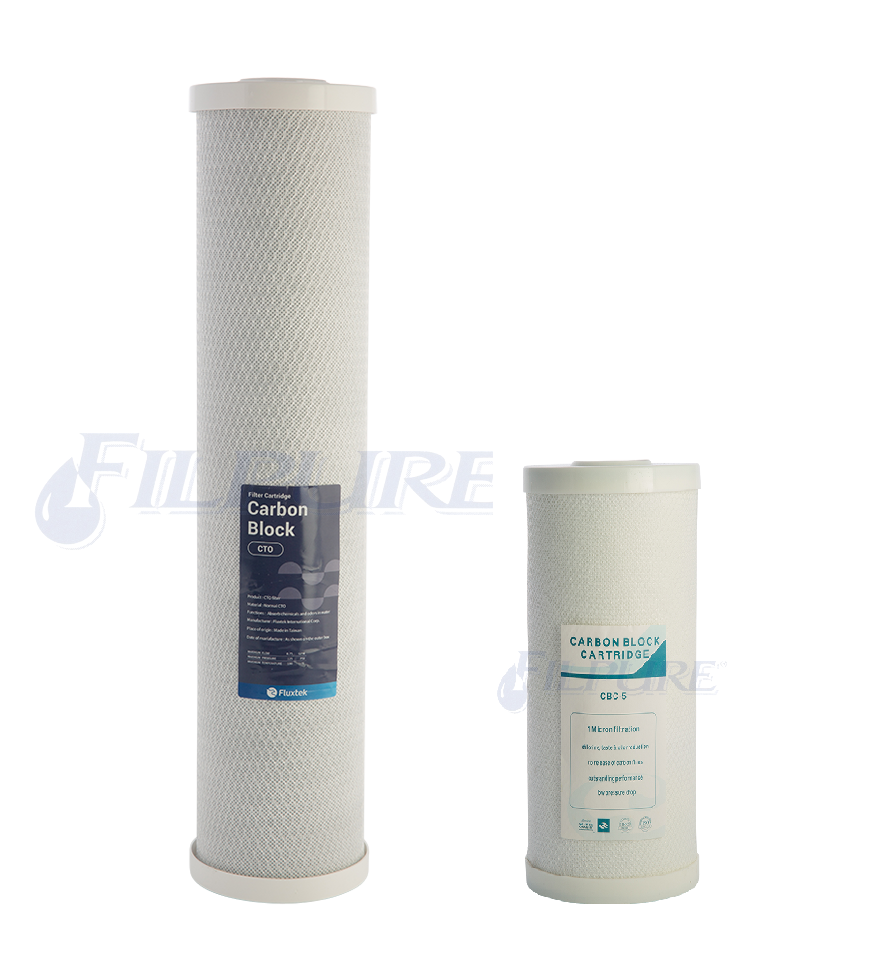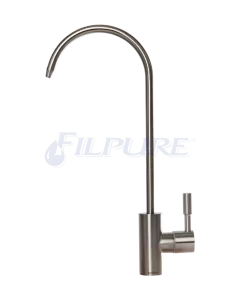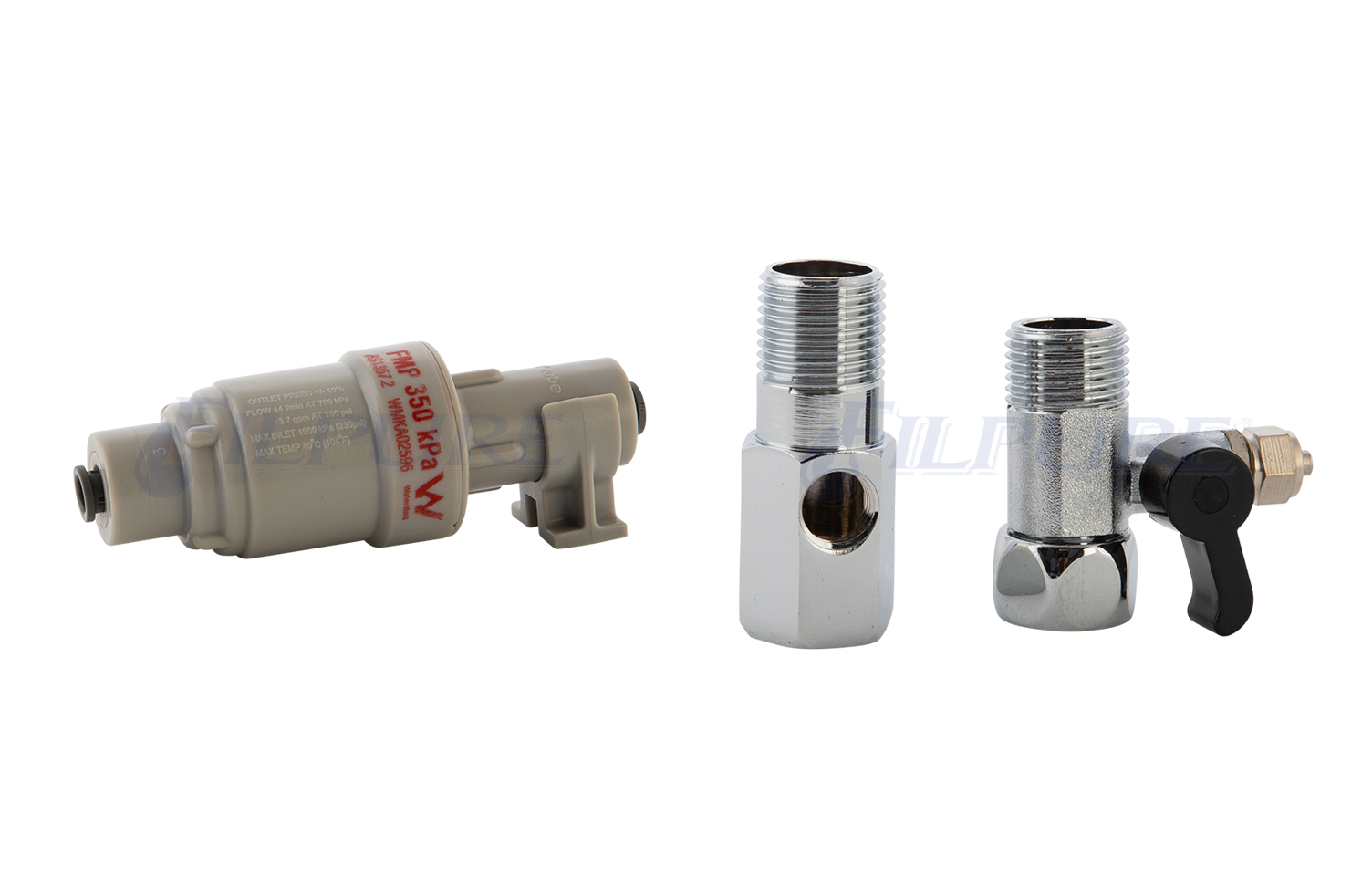Microplastics Inside the Human Body The Growing Concern and Benefits of Drinking Purified Water

Microplastics, minuscule plastic particles less than 5 millimeters in size, have become a pervasive environmental pollutant. These particles are now found in various ecosystems, including our oceans, air, and even within the human body. As scientific understanding deepens, so does the concern over the potential health impacts of microplastics. This article explores the extent of microplastic contamination inside the human body, the associated health risks, and the advantages of drinking purified water as a defense against these contaminants.
How Much Microplastics Are Inside the Human Body?
Emerging research indicates that the average person consumes tens of thousands of microplastic particles each year through food, water, and air. According to a study published in Environmental Science & Technology, it is estimated that individuals ingest between 39,000 and 52,000 microplastic particles annually, depending on age and sex. This number could be higher when including particles inhaled from the air, potentially doubling the intake.
Moreover, microplastics have been found in various parts of the human body, including the lungs, liver, spleen, and bloodstream. A particularly concerning study published in the journal Nature Communications revealed that microplastics can even cross the placental barrier, affecting unborn children. The presence of these particles in such critical areas of the body raises significant questions about their long-term health effects.
The Health Risks of Microplastics in the Human Body
The potential health risks posed by microplastics are still being studied, but several concerns have already been identified:
- Tissue Inflammation: Microplastics can cause inflammation in human tissues, potentially leading to chronic conditions over time.
- Chemical Toxicity: Many microplastics are carriers of toxic chemicals, such as heavy metals, which can leach into body tissues and cause harm. This is particularly concerning given the potential for these chemicals to cause oxidative stress and damage cellular functions.
- Endocrine Disruption: Some microplastics contain endocrine-disrupting chemicals like phthalates and bisphenol A (BPA), which can interfere with hormone regulation in the body, leading to various health issues.
Given these potential risks, minimizing exposure to microplastics is crucial. One effective way to do this is by drinking purified water, which significantly reduces the intake of microplastics and other contaminants.
The Benefits of Drinking Purified Water
Purified water, particularly when filtered through advanced systems like reverse osmosis, offers significant health benefits compared to non-purified water. Here’s why drinking purified water is essential:
- Removal of Microplastics: Advanced water filtration systems, such as reverse osmosis systems, are highly effective at removing microplastics from drinking water. These systems use a semi-permeable membrane to filter out particles as small as 0.0001 microns, ensuring that your water is free from microplastics.
- Elimination of Harmful Contaminants: In addition to microplastics, filtration systems like whole house water filters can remove other hazardous substances such as heavy metals, chlorine, and pesticides, providing safe and clean water throughout your home.
- Cost-Effective and Environmentally Friendly: Using filtration systems such as under-sink water filters reduces the need for bottled water, which is not only cost-effective but also helps decrease plastic waste and its associated environmental impacts.

Best water filter to remove microplastic from water
Reverse Osmosis Systems: The Gold Standard for Water Purification
Reverse osmosis systems are considered among the most effective methods for purifying drinking water. These systems operate by forcing water through a semi-permeable membrane that filters out impurities, including microplastics, heavy metals, and other contaminants. By installing a reverse osmosis system, you can significantly reduce your exposure to microplastics and ensure that your drinking water is safe.
Whole House Water Filtration: Comprehensive Protection
Whole house water filtration systems offer comprehensive protection by filtering water at the point it enters your home. This ensures that every tap in your house dispenses clean, purified water. These systems are especially beneficial for families, as they protect against microplastics and other contaminants in both drinking water and water used for cooking and bathing.
Under-Sink Water Filters: Convenient and Effective
Under-sink water filters are a convenient and effective solution for those seeking to ensure purified water is readily available. Installed directly under your kitchen sink, these filters provide purified water on demand. They are a cost-effective way to enjoy the benefits of purified water while reducing your reliance on bottled water, thus helping to decrease your plastic footprint.
Conclusion
The growing evidence of microplastics inside the human body highlights the urgent need for clean, safe drinking water. By investing in a high-quality water filtration system from Filpure Water Filtration Systems, you can protect yourself and your family from the potential health risks associated with microplastics. Whether you choose a reverse osmosis system, a whole house water filtration system, or an under-sink water filter, you are making a wise, sustainable, and health-conscious choice. For more information on our range of filtration systems, visit Filpure Water Fltration Systems.
References:
- Cox, K. D., Covernton, G. A., Davies, H. L., Dower, J. F., Juanes, F., & Dudas, S. E. (2019). Human Consumption of Microplastics. Environmental Science & Technology, 53(12), 7068-7074. Retrieved from https://pubs.acs.org/doi/10.1021/acs.est.9b01517
- Ragusa, A., Svelato, A., Santacroce, C., Catalano, P., Notarstefano, V., Carnevali, O., … & Giorgini, E. (2021). Plasticenta: First evidence of microplastics in human placenta. Nature Communications, 12(1), 1-10. Retrieved from https://www.nature.com/articles/s41467-021-20900-w

